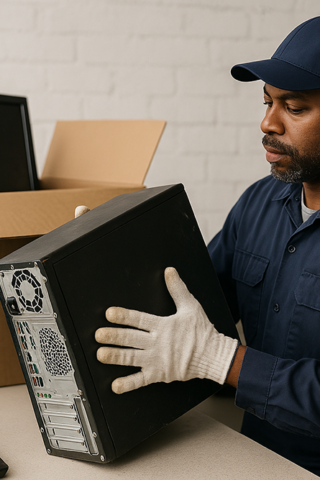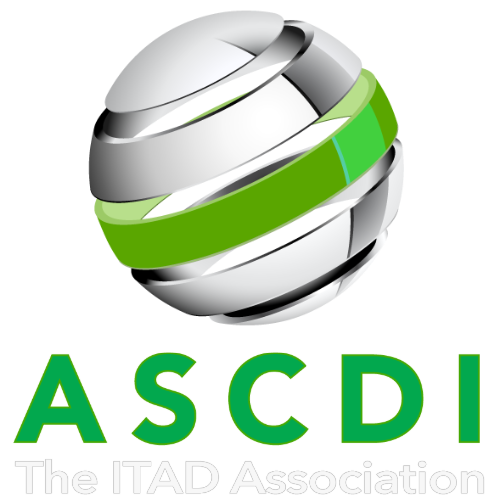Building circular supply chains can break the link between resource consumption and revenue generation.
Sarah Benton, GreenBiz.com, April 2, 2024
To say supply chains are complex is an understatement. Rarely do we make products out of just one raw material or in just one place. Every product is the sum of its parts. Even something as simple as a cotton T-shirt takes many steps along its journey. From production to shipping to sales to consumer use and end of life — current supply chains are fundamentally linear.
But there’s an alternative journey the humble T-shirt — or virtually any product, for that matter — can travel along. And it’s not linear. It’s circular.
Supply chains are often overlooked in discussions about the circular economy, overshadowed by business models or product design. But behind the scenes, supply chain professionals are responsible for the sourcing, movement and transformation of the 100 billion metric tons of materials that enter the global economy every year.
In many businesses, supply chain leaders are spearheading the search for resilience. Global shocks, from COVID-19 to extreme weather events, are exposing the vulnerabilities of existing supply chains. As finite materials become scarcer and their prices more volatile, companies can expect to lose almost half a year’s profit to supply chain disruptions over the next decade if they continue along this linear path. At the same time, Scope 3 emissions can be more than 80 percent of all greenhouse gas (GHG) emissions for a typical consumer goods company.
Circular supply chains can be leveraged to break the link between resource consumption and revenue generation. In doing so, businesses can increase material security and availability, reduce exposure to price volatility, meet climate and nature goals, and gain sought-after long-term resilience.
Building circular supply chains is no easy task, and it’s hard to know where to start. We’ve identified nine target areas where you can exert the greatest impact for the biggest gain.
1. People and structure
Transforming how a system works is a job in itself. It’s difficult to find the time and gain the knowledge required to implement circular processes and technologies. But transformation is possible if it happens at an organizational level, as HP is doing.
To access the full article, click here
Lean more about Onepak’s commitment to the global circular economy








